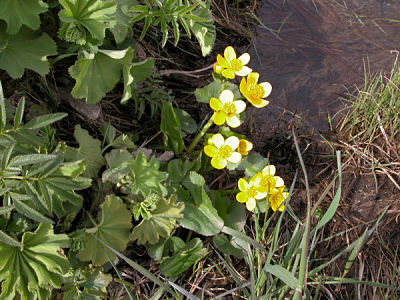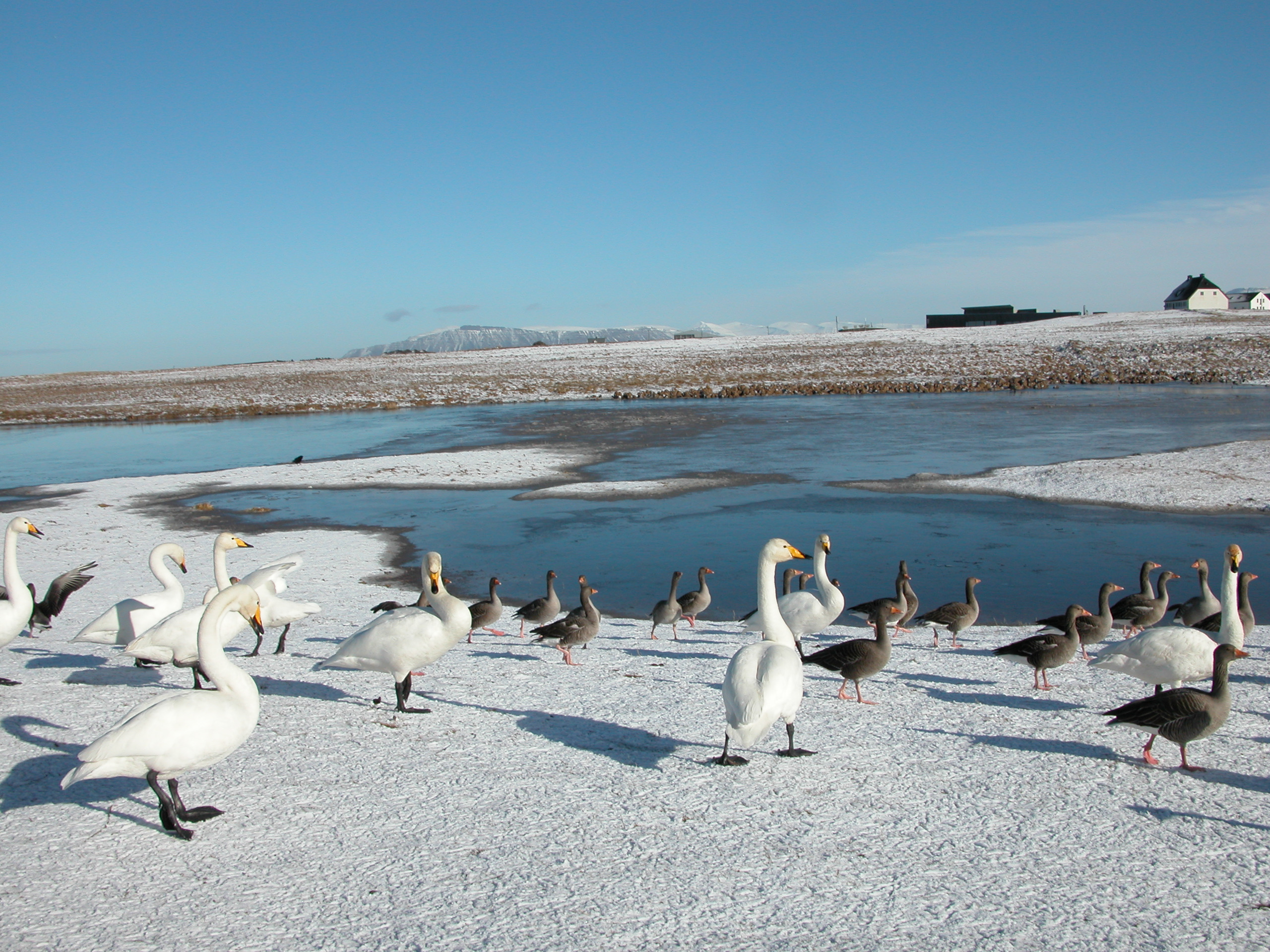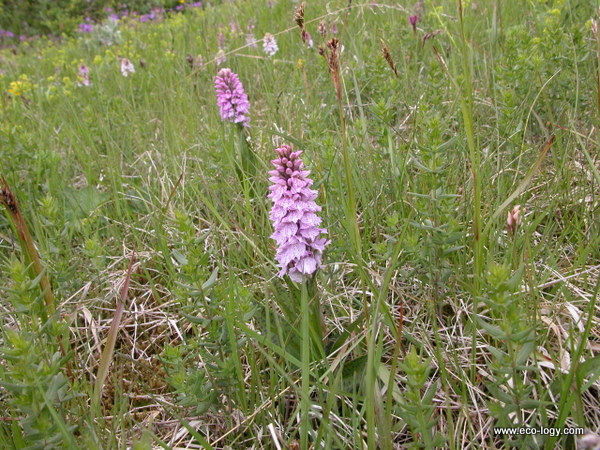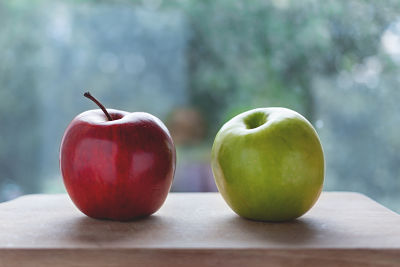The Figs
The edible figs are much grown in the Mediterranean region and are the compound fruits of the Common Fig Tree (Ficus carica). Figs are consumed either fresh or dry, while the most delicious figs are only partly dried and remain soft in the centre. The Common Fig tree is a robust tree reaching 6-8 meters; it carries very large hand-shaped leaves. The Common Fig Tree is also a pioneer in semi-natural successional habitat. The most commonly grown variety grown in Spain and elsewhere in the Mediterranean is pollinated by wasps. While the Common Fig Tree grows best in dry climate, it requires patches of humidity found within dry regions. Figs are eaten as sweets, pickles, fillings of cookies and ingredients of cakes. Figs and fig delicatessens are sometimes flavoured with cinnamon and other spices. Many species of fig trees grow in tropical countries, both in East Asia and South America, and are consumed by birds, monkeys and bats. In South-East Asia the Malayan Banyan (Ficus microcarpa) grows inland from the mangrove swamps. This beautiful fig tree produces flowers from the trunk. Another fig tree, the sacred Bo-Tree (Ficus religiosa), is a native of India; this woody plant grows as a strangling fig on other tree trunks and on maconary. Rubber Tree (Ficus elastica) contains sap from which natural rubber is made. Rubber Tree is a popular house plant in Iceland and other northerly countries. It is currently the largest plant I am growing indoors and is about one meter tall!
Skráðu þig til að fá Gróðurfréttir! - Sign up to receive Botany News!













